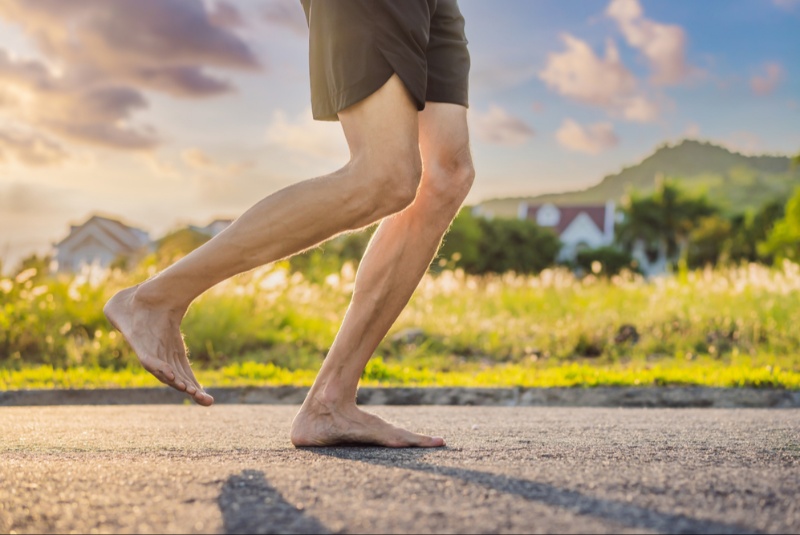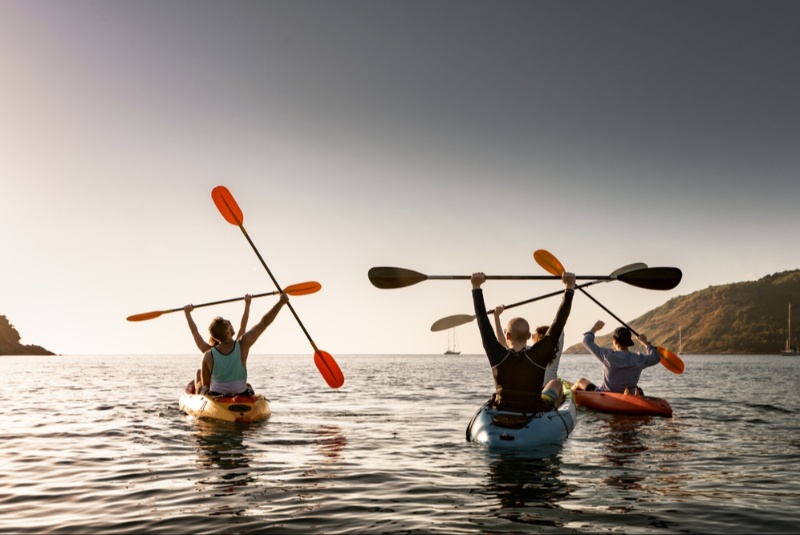Running, an ancient activity that predates history itself, has undergone numerous transformations over time. From the first time early humans began pursuing game across the plains to the massive marathons of today, the act of putting one foot in front of the other at a swift pace remains central to the human experience. Yet, in the space of a few decades, the practice of running has experienced a full circle moment. Enter the resurgence of barefoot running.
Understanding the Basics
Barefoot running, as the name suggests, involves running without the cushioned protection of modern-day shoes. It’s not about discarding footwear altogether but often using minimalist shoes or sandals that offer minimal interference between the foot and the ground. Advocates believe that this can lead to improved foot mechanics, decreased injury rates, and a more organic running experience.
Historical Context
It might seem that barefoot running is a novel trend, but it’s essential to understand that for the majority of human history, running barefoot was the norm. Our ancestors traversed diverse terrains without the aid of thick-soled shoes. In many indigenous cultures, running barefoot or with minimalist footwear continues to be a way of life. The Tarahumara, a native tribe in Mexico, are famously known for their incredible long-distance running abilities, often carried out in simple sandals called huaraches.
The Modern-Day Shoe Era
With advancements in technology and the increasing commercialization of sports, the 20th century saw the advent of specialized running shoes. Brands claimed that their products offered better support, cushioning, and protection. As a result, the concept of ‘proper running gear’ became synonymous with thick-soled shoes.
However, while these shoes did provide comfort, they also altered the natural strike pattern of the foot. Most runners wearing traditional running shoes tend to land on their heels first (heel strike), whereas barefoot runners often adopt a forefoot or midfoot strike. This shift in foot strike can alter the distribution of force upon landing, potentially leading to various injuries.

The Barefoot Renaissance
The late 2000s marked a significant turning point. Christopher McDougall’s book, “Born to Run,” shed light on the Tarahumara tribe and questioned modern running shoe orthodoxy. The book, combined with research suggesting that minimalist running might reduce certain types of injuries, ignited curiosity and experimentation among runners worldwide.
Several studies suggested that barefoot running could lead to:
- Improved foot and leg muscle strength
- Reduced risk of chronic injuries due to unnatural foot strike patterns
- Enhanced proprioception and balance
- A more natural and efficient running gait
Challenges and Criticisms
Like any trend, barefoot running is not without its critics. Transitioning too quickly to barefoot or minimalist running without proper adaptation can lead to injuries. The sudden change in gait and stress on different parts of the foot can result in conditions like metatarsal stress fractures if not approached with caution.
Moreover, while barefoot running might offer benefits, it isn’t a one-size-fits-all solution. What works for one individual might not work for another. Factors like biomechanics, running history, and specific health conditions can significantly influence one’s experience with this style of running.
The Road Ahead
Regardless of individual opinions on the matter, the resurgence of barefoot running undeniably highlights a growing desire among many to reconnect with a more primal form of movement. Whether or not one chooses to shed their shoes, the underlying message is clear: It’s crucial to listen to one’s body, challenge conventional wisdom, and find what truly works for the individual.
The resurgence is not necessarily about abandoning modern footwear but reevaluating and refining our relationship with it. As the pendulum swings, perhaps the future holds a balanced approach, merging the best of both worlds – the ancient wisdom of barefoot running and the technological advancements of modern shoe design.
The resurgence of barefoot running serves as a reminder of the ever-evolving nature of human movement and our continual journey to understand, adapt, and optimize our physical potential. Whether you’re lacing up your shoes or feeling the ground beneath your bare feet, the joy of running remains universal.




